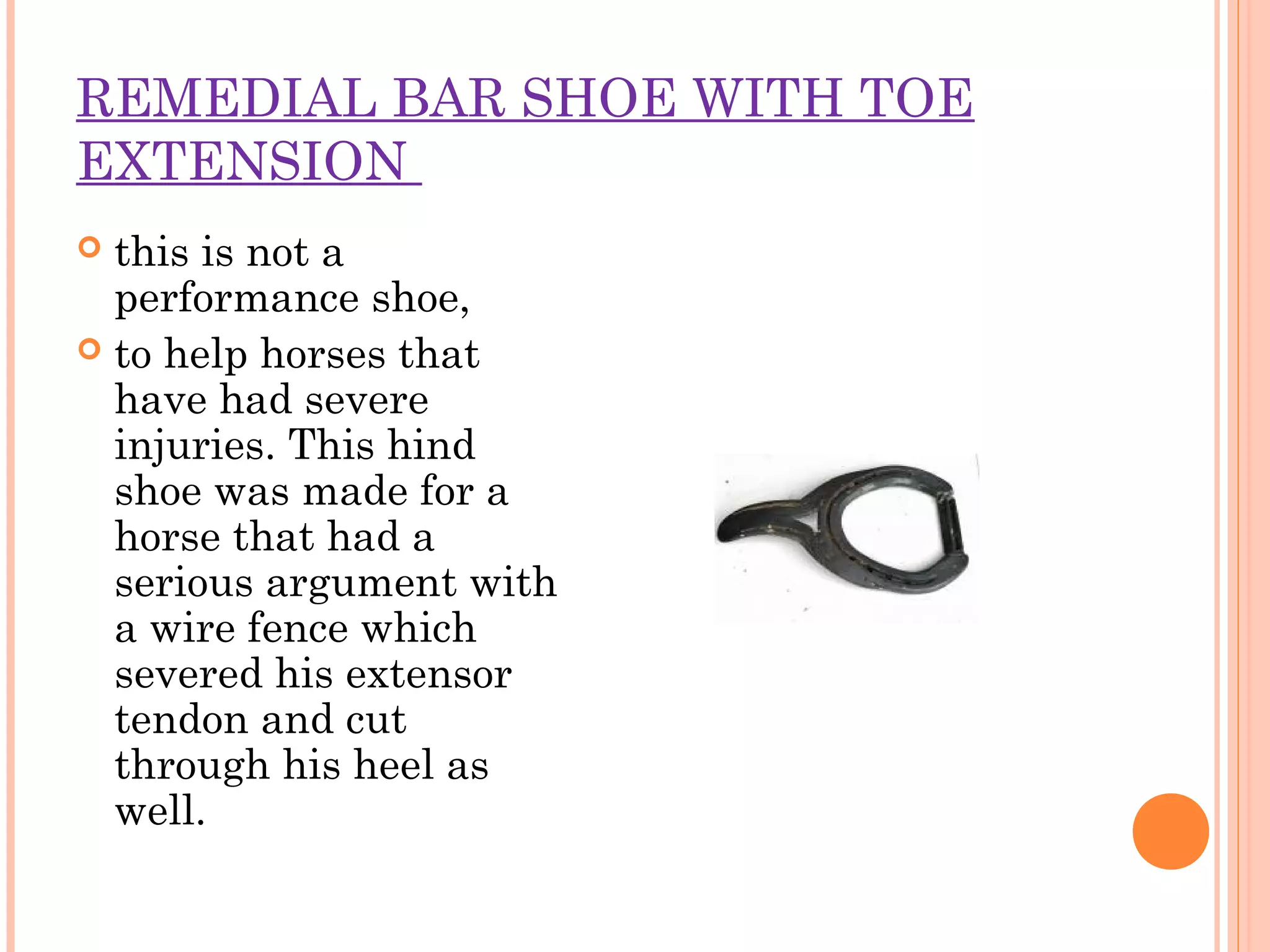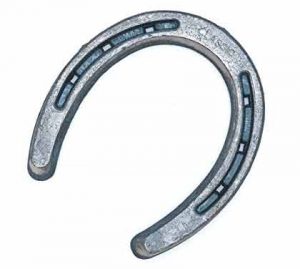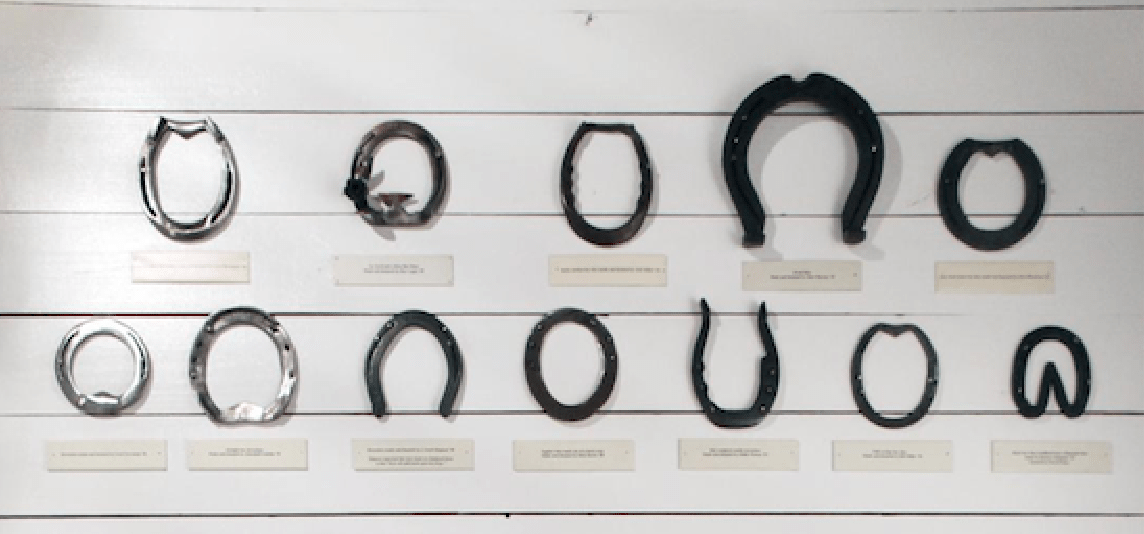The Ultimate Guide to Horse Shoes

Horse shoes are essential for protecting horses’ hooves and enhancing their performance. This guide covers everything you need to know about horse shoes, from their history and types to the shoeing process and care tips.
Table of Contents

- Introduction to Horse Shoes
- History of Horse Shoes
- Types of Horse Shoes
- Materials Used in Horse Shoes
- The Shoeing Process
- Benefits of Horse Shoes
- Common Problems and Solutions
- Caring for Shoed Horses
- Frequently Asked Questions (FAQ)
1. Introduction to Horse Shoes
Horse shoes are specially designed metal plates attached to the hooves of horses to protect them from wear and injury. They also provide traction and support, especially for horses that work on hard or rough surfaces.
2. History of Horse Shoes
The practice of shoeing horses dates back thousands of years. Early civilizations used various materials like leather and rawhide before the development of metal shoes. The nailed iron shoe became common in Europe around the 6th century AD.
3. Types of Horse Shoes
- Traditional Steel Shoes: Durable and widely used for general purposes.
- Aluminum Shoes: Lightweight, often used in racing.
- Rubber or Plastic Shoes: Provide extra cushioning and shock absorption.
- Therapeutic Shoes: Designed to address specific hoof problems or injuries.
4. Materials Used in Horse Shoes
Horse shoes can be made from various materials, each with unique properties:
- Steel: Strong and durable but heavier.
- Aluminum: Lightweight, reduces fatigue.
- Plastic/Rubber: Flexible and shock-absorbing.
- Composite Materials: Combine benefits of metals and plastics.
5. The Shoeing Process
The shoeing process involves several steps:
- Hoof Cleaning: Removing dirt and debris.
- Trimming: Shaping the hoof to fit the shoe.
- Fitting: Selecting the correct shoe size and shape.
- Nailing: Attaching the shoe securely without harming the hoof.
- Finishing: Checking for comfort and proper alignment.
6. Benefits of Horse Shoes
- Protect hooves from excessive wear.
- Improve traction on various surfaces.
- Support horses with hoof or leg issues.
- Enhance performance in sports and work.
7. Common Problems and Solutions
- Loose Shoes: Can cause discomfort; regular checks needed.
- Hoof Cracks: May require therapeutic shoeing.
- Infections: Proper hygiene and shoeing prevent issues.
8. Caring for Shoed Horses
- Regular hoof cleaning.
- Scheduled farrier visits every 4-6 weeks.
- Monitoring for signs of discomfort or injury.
9. Frequently Asked Questions (FAQ)
Q1: How often should horses be reshod?
A: Typically every 4-6 weeks, depending on activity and hoof growth.
Q2: Can all horses wear shoes?
A: Most horses can, but some may do better barefoot depending on their environment and work.
Q3: Are there alternatives to traditional metal shoes?
A: Yes, options include rubber, plastic, and composite shoes.
This guide aims to provide a thorough understanding of horse shoes, helping horse owners make informed decisions about hoof care and shoeing practices.
